Arena Logos: The Retirees
/Last weekend, my posts on Arena Logos were an unexpected hit. Turns out, like me, a lot of you are fans of the esoteric. So I thought I'd revisit the subject by displaying some arena logos that are no longer in use. Check out the retirees.

From 2005 to 2009, the home of the Boston Bruins was known as TD Banknorth Garden. Four years ago, Banknorth was removed from the name and the arena is now known simply as TD Garden.

In 1999, the Buffalo Sabres' building was renamed HSBC Arena. That lasted for 12 years before they started calling it the First Niagara Center. But what the heck is going on with that logo? Might be the most abstract arena logo I've ever laid eyes on.
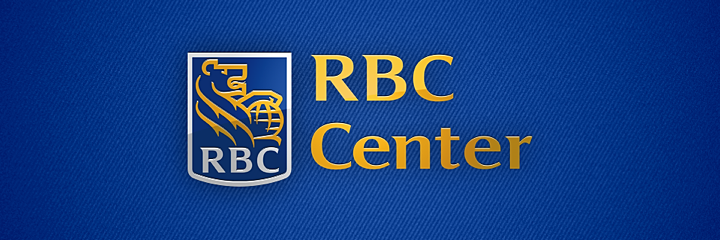
One of the more recent arena name changes saw Raleigh's RBC Center become PNC Arena last year. The Carolina Hurricanes call that building home.
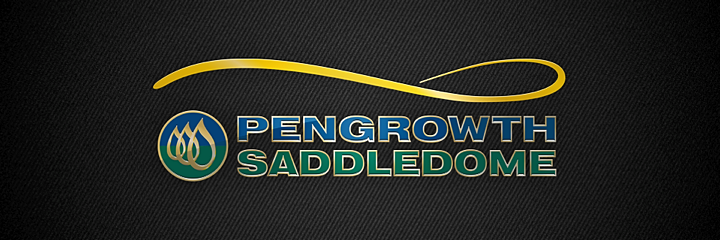
Thanks to its unique roof design, the home of the Calgary Flames will always be called the Saddledome. But that doesn't mean sponsors won't try to stick their names in front of it. Before Scotiabank shelled out in 2010, Pengrowth Energy paid for 10 years worth of naming rights.
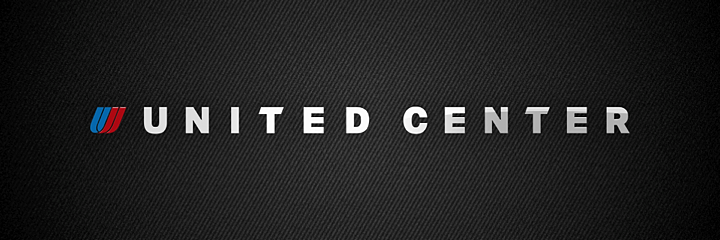
When United Airlines merged with Continental Airlines, a corporate rebranding led to a new logo for the United Center as well. This logo was used from the day the doors opened in 1994 until 2011. The Chicago Blackhawks have played there since 1995.
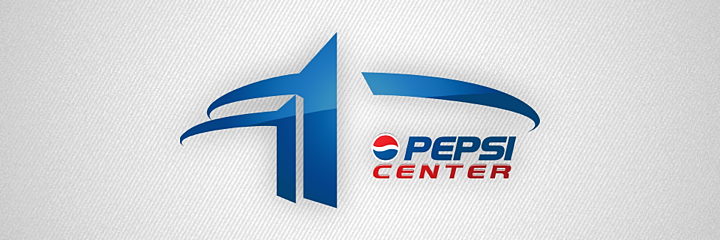
Not unlike the situation with United Airlines, when Pepsi rebranded itself, Denver's Pepsi Center also got a new logo. It was a really more of an update with some mountains added and the sponsor's logo revised. Still, what you see here is how the arena was branded when it started hosting Colorado Avalanche games in 1999. The new logo came about in 2009.
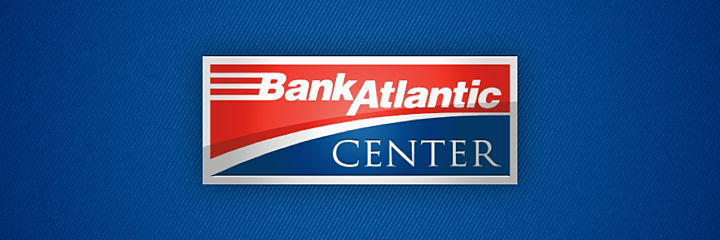
The home of the Florida Panthers has endured more than its share of names during its relatively short life so far. This was the third logo used since the arena opened in 1998. It was known as the BankAtlantic Center from 2005 until 2012, when it became the BB&T Center.

The New Jersey Devils got a shiny new home in the Prudential Center in 2007. But before that, they played out of the Continental Airlines Arena. That building actually became the Izod Center shortly after the Devils moved out.

The Nashville Predators played at Sommet Center from 2007 to 2010. There was a lot of drama with the company that paid for the name so the building actually went back to its original name, Nashville Arena, for a short time before Bridgestone stepped in. Speaking of which...
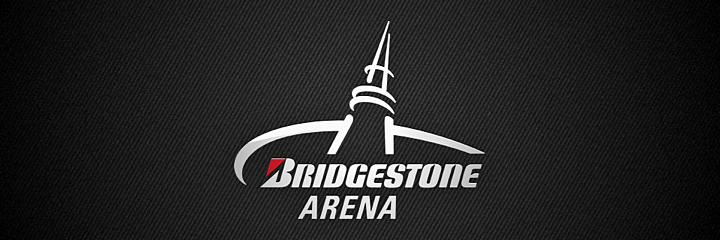
Eagle-eyed readers might take note that there have actually been two logos during the Bridgestone Arena era. This one above was the original. But it only lasted one season because of Bridgestone's corporate rebranding in 2011. To see the differences in the company's logos side-by-side, look here.
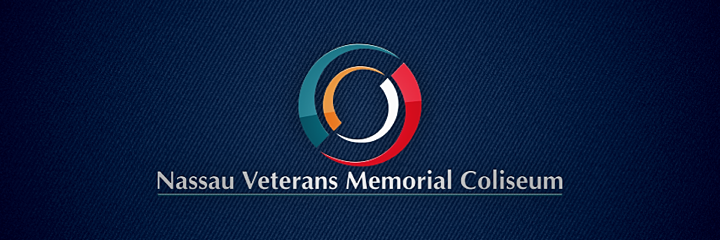
I'm not exactly sure when the change happened on Long Island, but this was the longtime logo of the Nassau Veterans Memorial Coliseum before the current logo came along. The new mark features the New York Islanders colors of orange and royal blue.
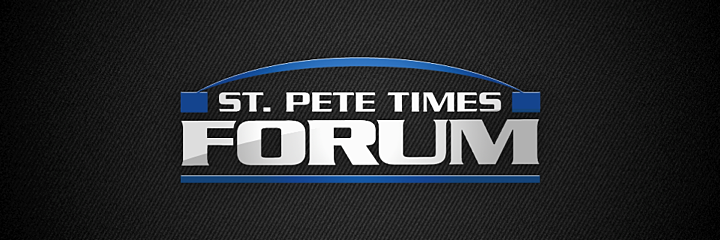
Now my favorite part! Between 2002 and 2012, the Tampa Bay Lightning played at the St. Pete Times Forum. The building's name changed when the newspaper's did just over a year ago. But the old logo was quite bold and quite boring. And that's not easy to achieve. But that might just be lingering distaste for the name change in the first place.
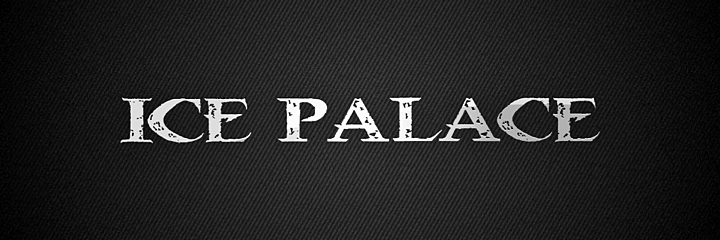
That's because when the arena opened in 1996, it was called the Ice Palace. Admit it, that's just a badass name for a hockey arena. Why did they ever change it? Everything comes down to money.
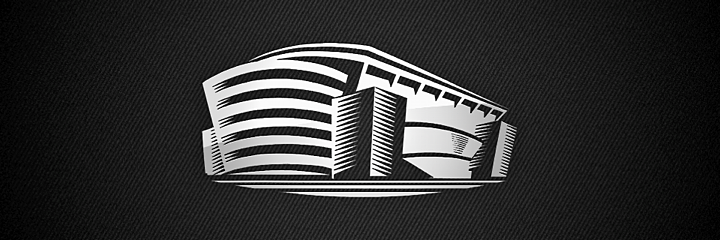
As a bonus, I stumbled across this mark in one of my old Lightning game programs. A couple readers mentioned they like seeing how arenas are represented graphically in logos. I think this is one of the coolest ever designed. But again, I'm not hiding my bias here. The ThunderDome also had a pretty great logo before it became Tropicana Field. I'm trying to track down a clean version to display here.

And finally, General Motors Place was home to the Vancouver Canucks until it was renamed Rogers Arena following the 2010 Winter Olympics. Its logo really has nothing to do with the buildling, sticking to natural elements of the Pacific Northwest — green mountains and, well, the sun is just wishful thinking.
That's all for now. One reader also suggested I tackle AHL arena logos at some point. Think I may prepare that post for next weekend if you guys are interested.
